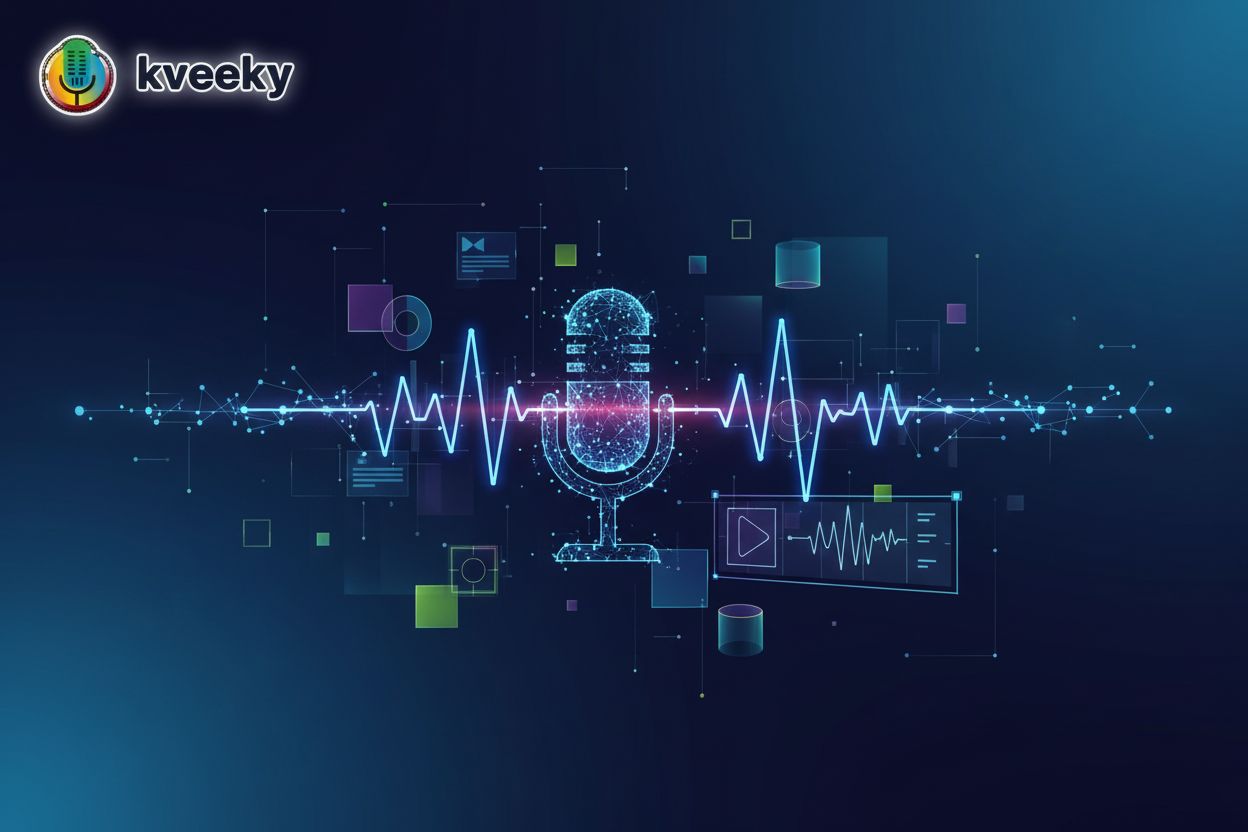Emotional Control in AI Voice Generation
TL;DR
The Rise of Emotional ai Voices: Why It Matters
Okay, so remember those super robotic voices from old text-to-speech (tts) systems? Yeah, those aren't cutting it anymore. The world is changing!
- Engaging audiences now demands more than just accurate speech. We need emotion.
- Emotional ai voices let you connect with viewers on a deeper level by conveying feelings like happiness, sadness, or excitement.
- Think about e-learning modules that sound genuinely enthusiastic or customer service bots that express empathy. It's a game changer!
- Even in finance, imagine ai providing fraud alerts with a tone of urgency, or calming voices for mental-health apps.
Like, according to Hume AI, ai voice models are getting really good at reproducing any emotion. (Can AI-generated vocals match the emotion of human ...) It's kinda wild.
(Diagram showing the flow from Text Input to AI Model, Emotion Analysis, and then to Happy or Sad Voice Output, finally to Audio Output would be here)
Now that we understand the impact of emotional AI voices, let's explore the techniques used to imbue them with genuine feeling.
Techniques for Achieving Emotional Control in ai Voice Generation
So, you want your ai voice to really feel something, huh? It's not just about getting the words right, but about, y'know, making it sound real. Turns out, there are a few ways to tweak these ai systems to get that emotional oomph.
Parameter Adjustments: Messing with stuff like pitch, tone, and speed can make a huge difference. If you want sadness, slow it down, lower the pitch. Excitement? Speed it up, raise the tone. It's kinda like being a dj, but for voices.
- Small changes is key. You don't wanna overdo it and end up with something that sounds totally fake.
- Tools like Typecast allow you to edit the emotion, pitch, and speed, so you can get the exact voice you want.
Fine-Tuning is Important: Subtle tweaks go a long way. Think about it – a slight increase in speaking rate can convey urgency way better than just telling the ai to "sound urgent". Even adding a subtle breath sound can make the voice feel more human and convey a sense of exertion or contemplation. A brief pause before a key word can add dramatic emphasis.
Voice Cloning: This is where it gets interesting. You can actually clone someone's voice and then transfer emotions onto it. Imagine using a famous actor's voice, but making them sound, like, genuinely happy about your product.
(Diagram showing the flow from Original Voice to Voice Cloning, then Emotion Transfer, and finally to AI Voice Output or Alternative AI Voice Output would be here)
Companies like Respeecher utilize advanced voice cloning and emotion transfer techniques, as seen in their work on films such as The Brutalist. (Respeecher Helps Perfect Hungarian Pronunciation for ...)
With an understanding of the techniques involved in creating emotional AI voices, the next crucial step is selecting the right AI voice model that can effectively implement these methods.
Choosing the Right ai Voice Model: a Comparison
Choosing the right ai voice model? It's not as simple as picking the first one you see. You gotta think about what you really need.
Voice Quality is super important. You don't want something that sounds like a robot from the 80s, right? Aim for naturalness; voices that are almost indistinguishable from human speakers. (AI Voice Cloning: What It Is & the Technology Behind It - D-ID)
Emotional Range: Can the ai voice convey the right emotions for your script? You know, like, can it sound happy, sad, angry, or calm, whatever you need.
Customization Options are key. Can you tweak the voice to fit your brand? Things, like accent, gender, and even the use case, can make a difference.
Think about what you're actually using the voice for. Is it a serious documentary or a goofy cartoon? That'll change what you need.
For example, if you're making e-learning videos, you might want an enthusiastic and clear voice. If you're creating a meditative app, a calming and soothing voice is better.
When considering these models, it's also important to be aware of their pricing structures, which can vary significantly based on features, usage, and the provider. Some offer pay-as-you-go options, while others have subscription tiers.
As we become more adept at creating and selecting these sophisticated AI voices, it's imperative to also consider the significant ethical implications and future trends that accompany this powerful technology.
Ethical Considerations and Future Trends in Emotional ai Voice Generation
Emotional ai voices are getting so good, it's kinda scary, right? But with great power comes, well, you know...
- Bias is a big deal. Ai models learn from data, and if that data is biased, the ai will be too. Imagine a voice that only sounds "authoritative" when it's male – not great.
- Misuse is another worry. Deepfakes are already a thing, and realistic ai voices could make them even more convincing. Think scams, disinformation campaigns... the possibilities are, uh, not good.
- Ethical guidelines are crucial. We need to make sure ai developers are thinking about this stuff from the start. Things like transparency (letting people know they're hearing an ai) and consent (getting permission to clone someone's voice) are super important.
It's not just about making cool tech; it's about making sure that tech is used responsibly. As ai gets more advanced, these ethical considerations are only going to get more important. The future likely holds even more nuanced emotional expression in AI voices, potentially blurring the lines between human and synthetic speech further, making robust ethical frameworks even more critical.





